Red light therapy can only irritate or burn your skin when misused. Burns are rare and usually caused by low-quality devices, overuse, or incorrect distance from the skin.
When you’re putting something directly on your skin, you want to know it’s safe. Especially when so many cheap, underpowered, or unregulated devices flood the market. So let’s get right to it.
Here’s what you need to know at a glance:
- Red light therapy is non-invasive and low-risk.
- Burns happen when devices are used too long, too close, or are poor quality.
- Device specs, wavelength, irradiance, and spacing determine safety.
- Most reactions aren’t burns; they’re temporary circulation changes.
If you're serious about seeing results without the side effects, your device matters. That’s where we come in.
At Lumara, we design red light therapy tools that are built for performance, not just promises. From our VISO mask to our clinical-grade panels, everything we create is engineered with safety, precision, and skin integrity in mind.
If you’re looking for more than just a quick headline, if you want to know exactly how to avoid burns, what to look for in a device, and what’s really happening when your skin turns red, keep reading.
Can Red Light Therapy Burn Your Skin?

Most people who experience burns from red light therapy fall into one of three categories:
- They use cheap or unregulated devices.
- They place the light too close to the skin.
- They overdo the session length, thinking more must be better.
But here’s the truth most blogs won’t say: red light therapy is inherently gentle.
The light itself is non-ionizing, which means it won’t damage DNA the way UV light does. You’re not getting a tan, and you’re not frying your face.
That said, any energy source, when misused, can cause problems. And your skin, especially if it’s sensitive or compromised, will let you know when something’s off.
What Does a Red Light “Burn” Actually Look Like?
This is where things get confusing, because what many users call a “burn” is often just a temporary increase in circulation.
Normal Reaction:
- Mild warmth or tightness.
- Pink flush that fades in 30–60 minutes.
- Slight tingling or energized feeling.
Possible Burn or Irritation:
- Persistent redness lasting more than 12 hours.
- Sharp stinging or discomfort during/after use.
- Blistering (rare, but possible).
- Peeling skin or swelling.
Most “burns” are a sign your settings were off, not that red light therapy is unsafe. If your skin stays red or hurts, pause your routine and reevaluate how you’re using the device.
What Actually Causes Red Light Burns?
Let’s walk through it step by step.
Wrong Distance
Most panels work best 6–12 inches from your skin. Closer than that? You’re likely overloading the skin with energy.
Overuse
More is not better. When people run 30-minute sessions thinking it will double their results, they usually just end up with irritation.
Low-Quality Devices
Cheap devices often have uneven energy output; some LEDs blast while others flicker. That inconsistency causes hot spots.
Medications
Photosensitizing drugs (like retinoids, antibiotics, or antidepressants) make skin more reactive. Always check with your provider.
How to Use Red Light Therapy Safely

Here’s a simple safety checklist we follow and recommend:
- Keep a 6–12 inch distance from panels.
- Limit exposure to 10–20 minutes per zone.
- Stick to 660nm red light for facial skincare.
- Avoid open wounds or sunburned skin.
- Stay hydrated post-session.
- Watch out for photosensitive medications.
What Lumara Does to Keep Your Skin Safe

Burn is about the device itself.
Here’s what we build into every product:
- FDA Class II Clearance.
- Transparent specs (J/cm², irradiance, wavelength).
- Zero EMF.
- Even LED distribution.
- Compatible with skin-safe serums and hydration routines.
We don’t just say “safe.” We design for it.
How to Choose a Red Light Therapy Device That Won’t Burn You
Use this buyer’s checklist:
- Lists actual wavelengths (e.g., 660nm, 830nm).
- Discloses irradiance and energy dose (J/cm²).
- Tight, even LED spacing (no “leopard spots”).
- FDA cleared.
If the brand won’t tell you how their product works, it probably doesn’t.
The Bottom Line: Burn-Free Results Are Built, Not Promised

Red light therapy is safe by nature, but only when it’s used right and built right.
If you’ve ever dealt with redness, irritation, or inconsistent results, chances are it wasn’t the light; it was the device. Many tools flood the market with poor spacing, weak specs, or unclear instructions. That’s not just frustrating, it’s what causes the very problems red light is supposed to avoid.
At Lumara, we design every product around a single goal: to deliver results without the risk.
- FDA-cleared for safety and performance
- Transparent dosing with clinical specs (660nm, 5 J/cm²)
- Even LED spacing, no hot spots, no “leopard spots”
- Zero EMF, zero fluff, just engineering that works
Whether you're targeting facial skin, back tension, or full-body recovery, we build tools to match the job.
Ready to treat your skin with precision, not guesswork?
- Illuminate Red Panel → Fast, consistent dosing in just 5 minutes for larger treatment zones
- Lumara Pad → Flexible, targeted care with deeper-reaching wavelengths for harder-to-reach areas
- VISO Mask → Lightweight, face-focused design with 660nm red light and even coverage
Explore the full lineup and see what safe, science-backed light therapy really looks like.
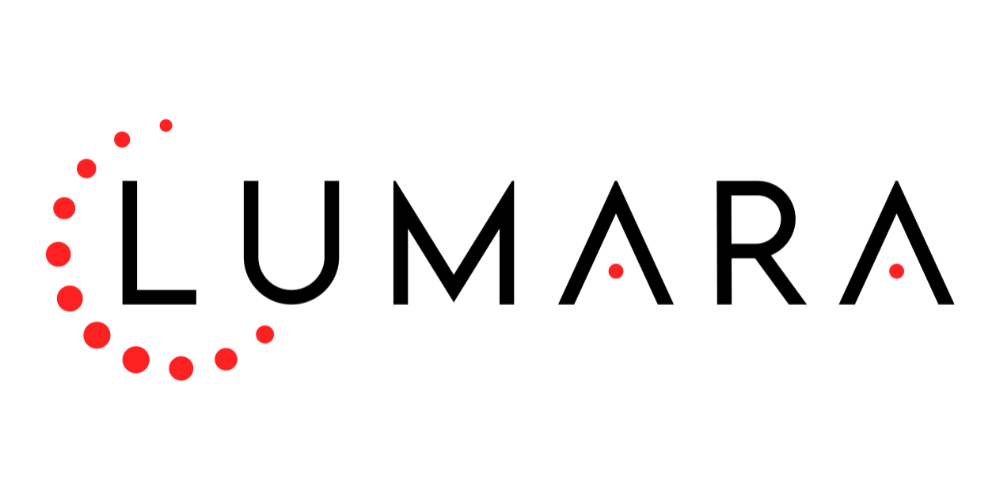
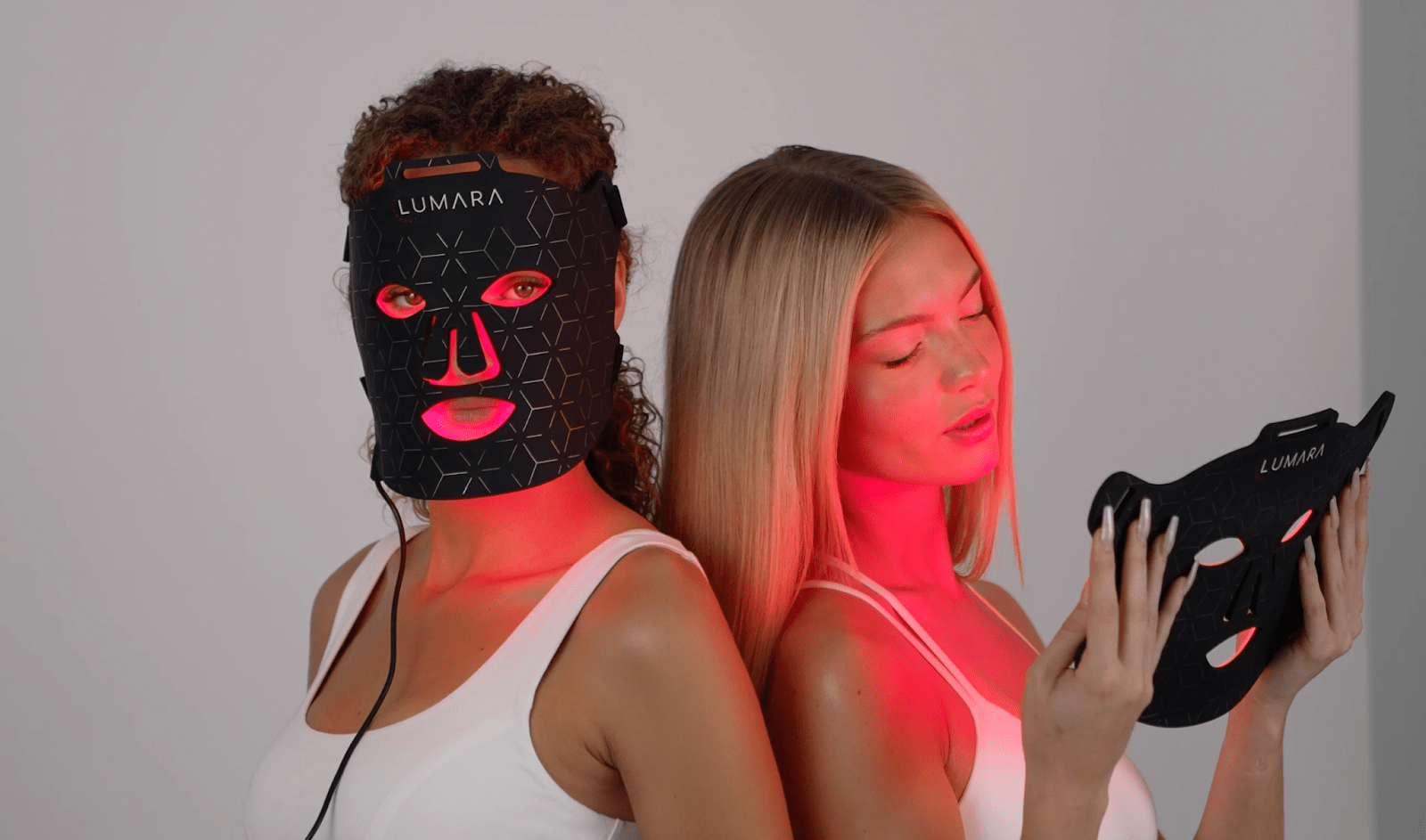

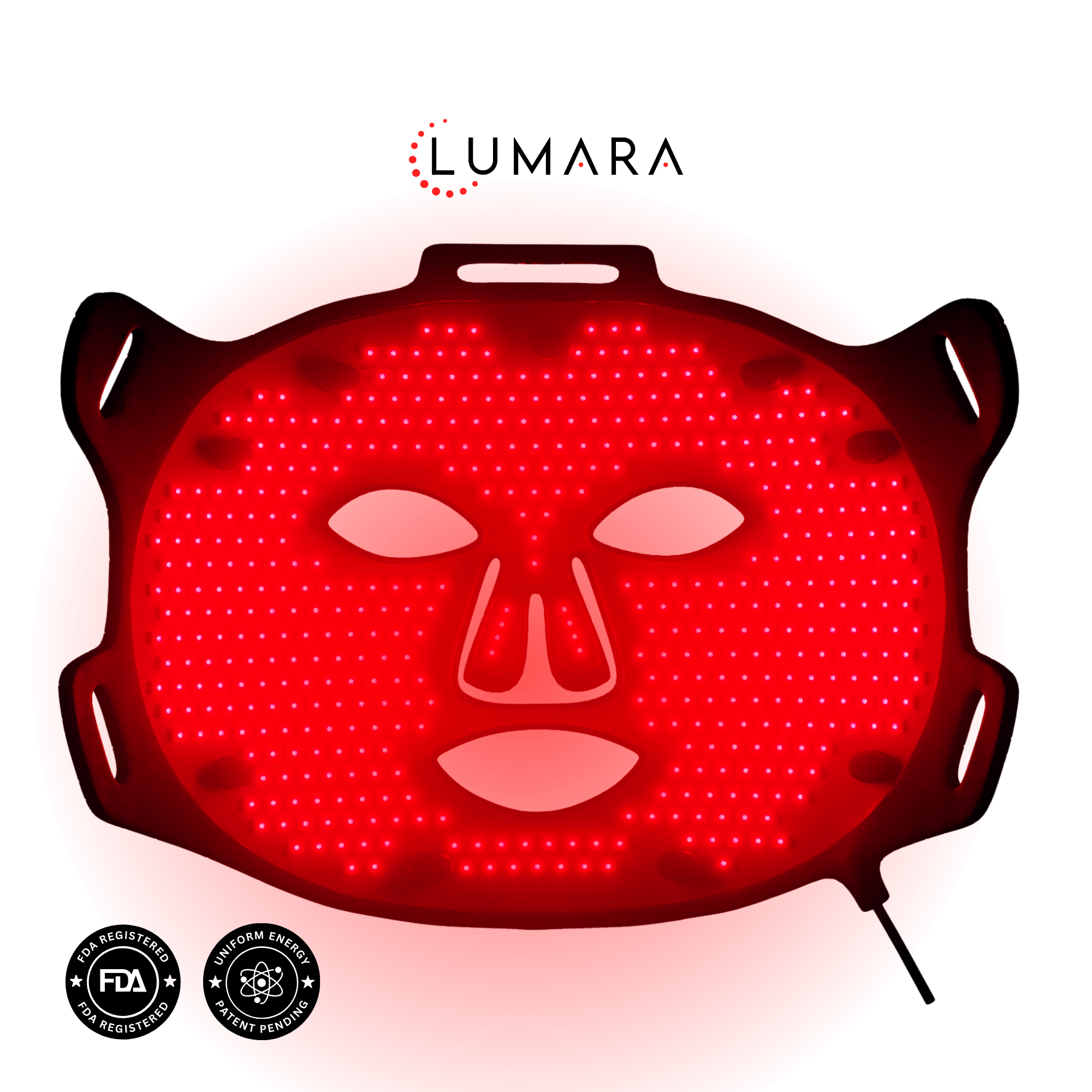

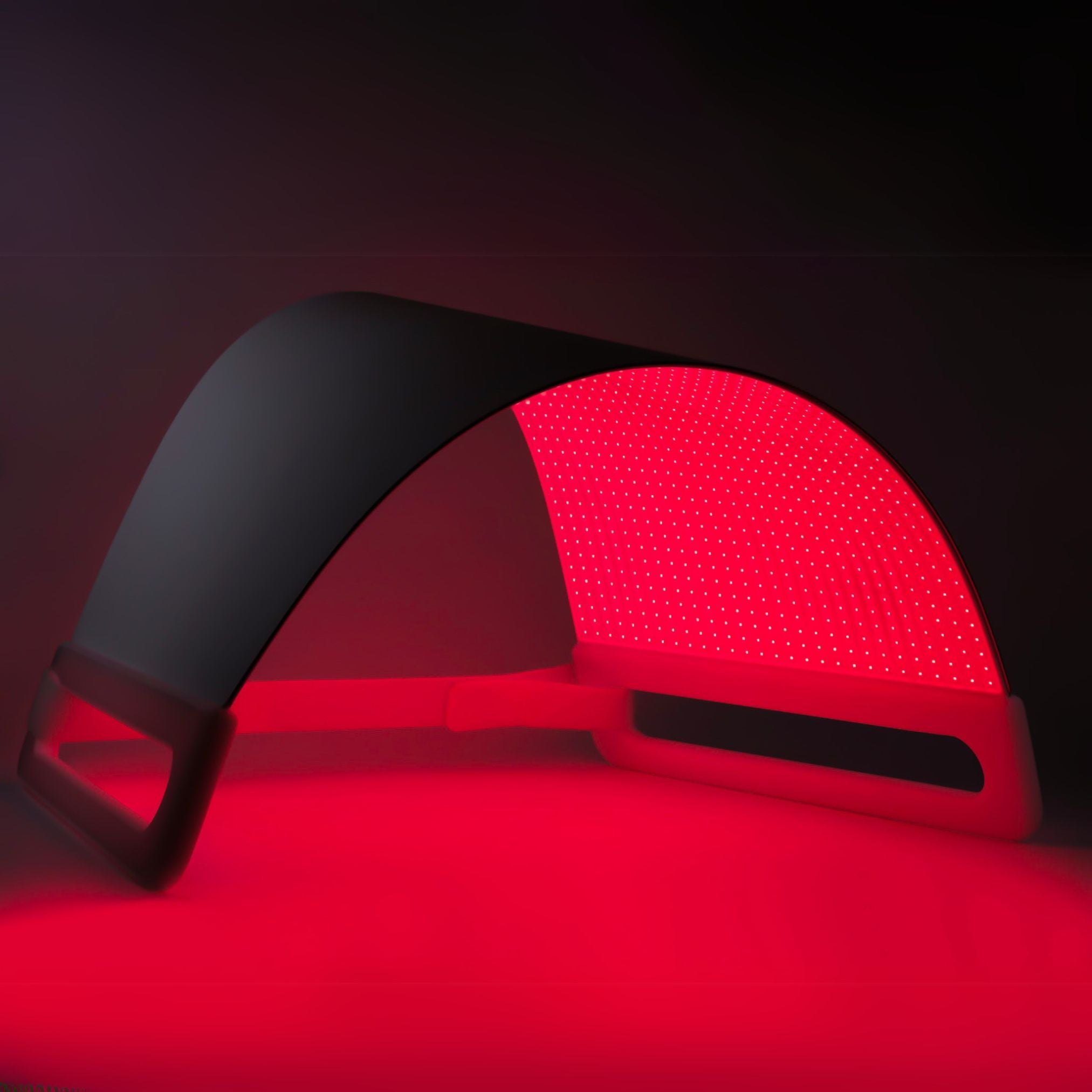
Share:
Can You Overdo Red Light Therapy?
How Long to Wear a Red Light Therapy Mask for Results